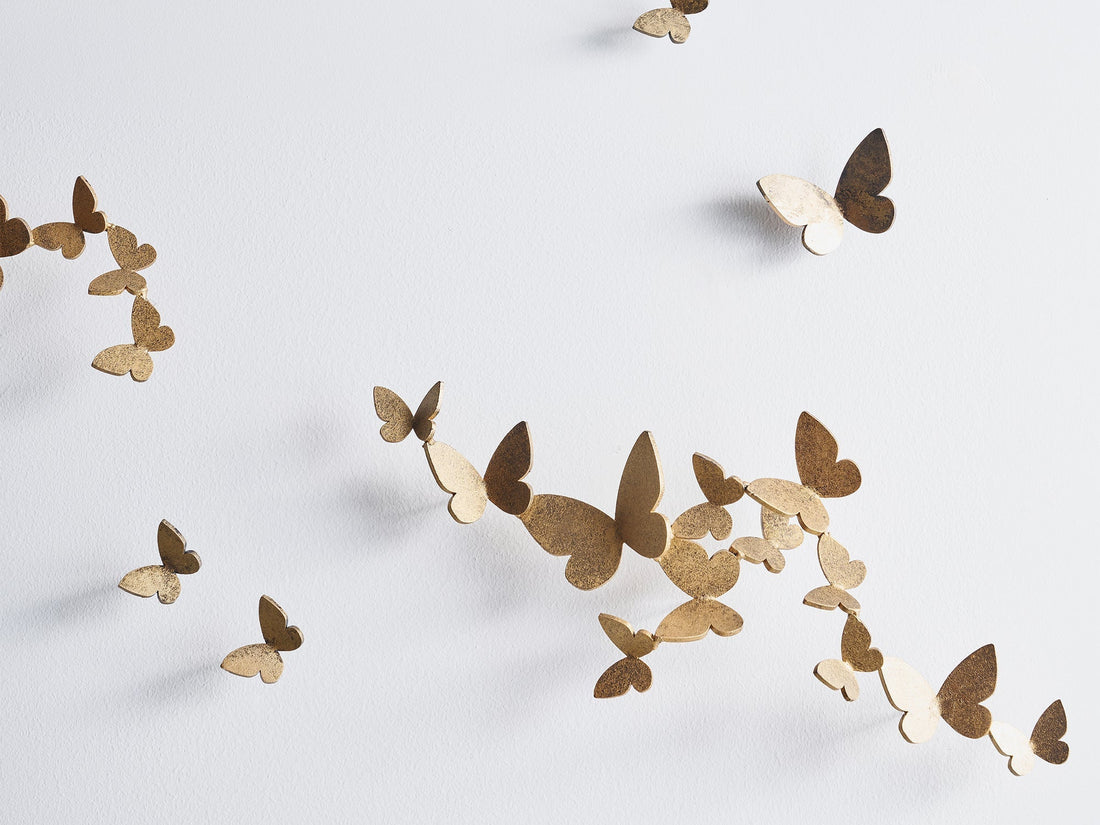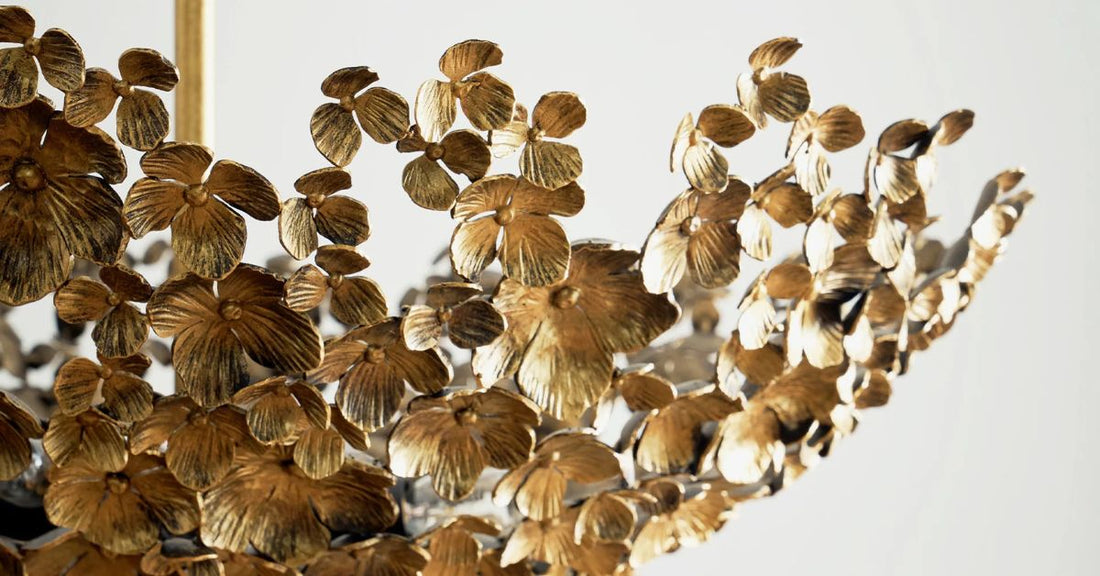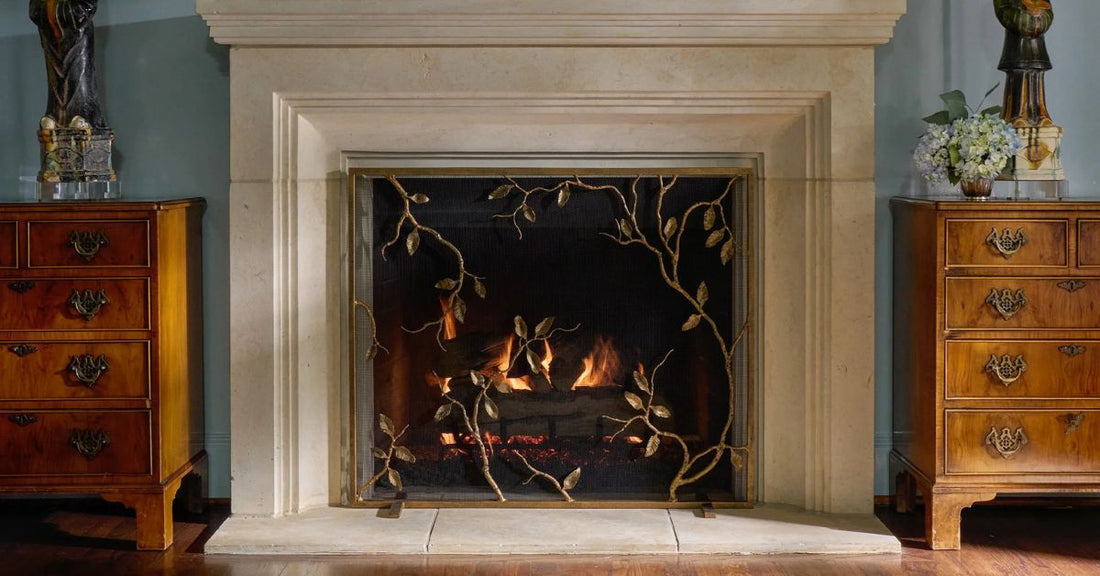The possibilities are endless when decorating your space. From modern end tables to vintage coffee tables and eclectic accessories, you have the opportunity to create a space that feels uniquely yours.
By artfully blending elements like textures, forms, and colors, your home can strike a perfect balance between harmony and individuality. Knowing how to mix and match interior design styles is all about choosing pieces with intention and sharing your story through interior design.
Used effectively, this approach can work wonders for modern and traditional homes. The key lies in finding a synchronized balance among all your chosen pieces. Keep reading to take your personal space to the next level as we blend different styles and tastes.
The Benefits of Mixing Interior Design Styles
Blending styles opens endless possibilities for self-expression and versatility. Bringing together different eras, textures, and design philosophies creates a vibrant, multidimensional space that feels lively and inviting.
This interior styling method allows you to incorporate existing pieces you love. A vintage coffee table inherited from your grandmother can feel contemporary when paired with sleek, modern seating. Sustainable and stylish? A win-win.
Here’s how you can achieve a playful space without overcrowding it:
1. Begin With a Neutral Base
The best way to anchor a space when working with multiple styles is by using a neutral foundation. Tones like soft beige, greige, or crisp white set the stage for layers of furniture, decor, and accents to shine without overwhelming the space.
For example, pairing a Scandinavian-inspired white sofa with a Persian-style rug introduces depth while maintaining clarity in the room’s overall look. A neutral backdrop gives your bolder design elements the attention they deserve.
2. Use Color Thoughtfully
While mixing styles invites diversity, a unified color palette ensures visual harmony. Stick to the 70/20/10 rule for color proportion. In other words, 70 percent should be a dominant neutral color for walls and large pieces, 20 percent should be a secondary color (added through curtains, rugs, or furniture), and 10 percent an accent hue. For example, you can incorporate this hue through small decor, throw pillows, or artwork.
Here’s how you can put this principle into action: pair soft blues (dominant) with weathered wood tones (secondary) and metallic gold accents (accent). This thoughtful palette blends bohemian and industrial styles seamlessly.
3. Add Dimension With Texture
Texture plays an important role when combining different styles. By incorporating a variety of materials, your design becomes wonderfully layered and engaging. For a cozy, sophisticated vibe, add a mid-century modern armchair dressed in plush velvet, harmoniously placed next to a charming, rough-hewn oak console.
The delightful contrast between soft and rugged textures instantly brings a sense of interest and warmth to the space. Here, you might also mix complementary finishes like warm brass light fixtures with cool matte-black hardware. Such details can balance dissimilar styles without clashing.
4. Highlight Statement Pieces
Every room should have a focal point, and this is especially true when merging design styles. An exquisite statement piece anchors the space and bridges other design elements. This could be an artistic chandelier, a dramatic mirror, or luxury fireplace screens from the Claire Crowe Collection. These handcrafted screens enhance your fireplace, adding artistic value that ties together classic and contemporary environments.
5. Balance Proportions and Scale
A common pitfall when mixing styles is overlooking proportion and scale. You must create a sense of balance between your furniture and decor pieces. For example, a sleek, minimalist sofa can look a bit out of place next to a large, beautifully detailed side table. Instead, match your sleek furniture with equally refined accessories, or echo a bold furniture style with prominent artwork on the wall. Proportional harmony helps the space feel measured and inviting.
6. Layer With a Variety of Shapes
Shapes have a surprisingly powerful impact when blending styles. Using similar shapes in furniture legs, light fixtures, and decorative objects brings a wonderful sense of continuity to a room. For example, when you pair a classic round ottoman with geometric wall art, the mix of styles adds delightful intrigue. Also, the gentle repetition of curves keeps everything looking cohesive.
7. Play With Patterns Carefully
Patterns can really bring your space to life. However, they can also become overwhelming fast. A great tip is to layer two to three patterns that have complementary tones or styles. Just picture how wonderfully botanical wallpaper can complement geometric throw pillows! When chosen thoughtfully and used in moderation, patterns can bring about a delightful harmony, effortlessly tying together unexpected elements into a beautifully cohesive look.
8. Use Transitional Pieces
Including transitional elements can really enhance your space by acting as bridges between two styles. Think about furniture or decor with a mid-range aesthetic, striking a balance between modern and classical vibes. Imagine a transitional-style armchair with clean lines and just a hint of ornate wood details. These lovely pieces reflect a mix of styles beautifully, making them perfect partners in creating harmonious mixed interiors.
9. Avoid Overcrowding
Breathing room is essential when merging styles into cohesive designs. Overcrowding the space can make it feel chaotic, overwhelming its character. Select fewer, high-quality items and allow open visuals. A minimalist floor lamp placed beside a bold reading chair adds versatility without unnecessary clutter.
10. Curate Accessories With Intention
Accessories should enhance, not compete, with your decor. Choose pieces that echo your intended style combinations, focusing on consistent materials or colors. For example, tie together rustic farmhouse and industrial elements with accessories like linen throw blankets, brass picture frames, or even hand-forged wall sculptures.
Bring Home the Art of Styling
Great design celebrates artistry, personal expression, and visual balance. With these mix-and-match decor tips, your interiors will sing a cohesive tune filled with personality and beauty. Mixing and matching interior design styles isn’t about following strict formulas but about creating thoughtful spaces that blend stories, textures, and aesthetic visions.
If curating your style feels overwhelming, the Claire Crowe Collection is ready to inspire. With handcrafted luxury fireplace screens and other bespoke products, we celebrate homes as canvases for individualized elegance.






